Physics
-
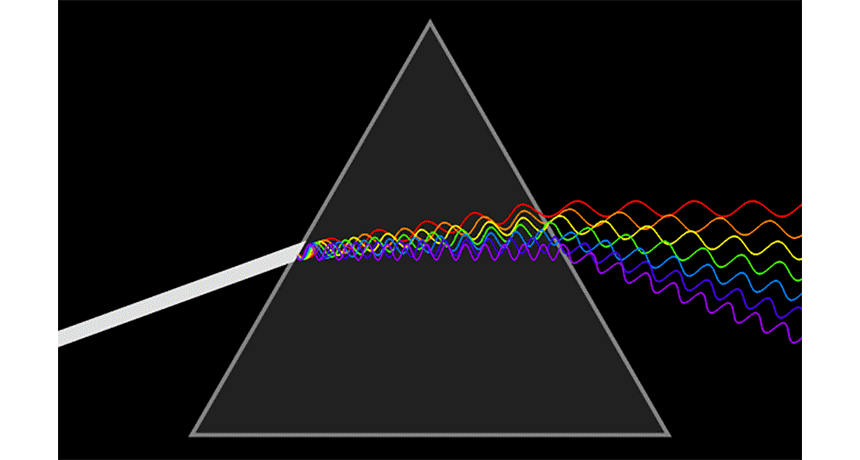 Physics
PhysicsScientists Say: Refraction
Light or sound may bend as it travels from one medium, such as air, to another, such as water. This bending is called refraction.
-
 Physics
PhysicsThe Milky Way galaxy houses 100 million black holes
Astronomers are estimating the number of black holes in galaxies of all sizes.
-
 Climate
ClimateFive portraits of Hurricane Irma’s record-breaking fury
A series of remarkable images capture Hurricane Irma’s power and might — and the lessons they can teach scientists.
-
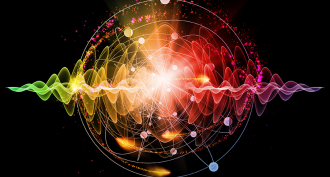 Physics
PhysicsExplainer: Quantum is the world of the super small
The word quantum often gets misused. What does it mean? Think small. Really, really small.
-
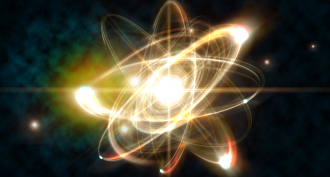 Physics
PhysicsThe quantum world is mind-bogglingly weird
At the smallest scales, particles are ghostly and ill-behaved. No one understands them, but that doesn’t keep scientists from trying.
-
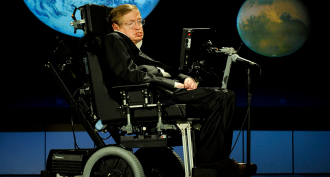 Physics
PhysicsDisabilities don’t stop these experts in science and tech
People with disabilities are as varied as the careers some of them pursue in science, technology, engineering and math.
-
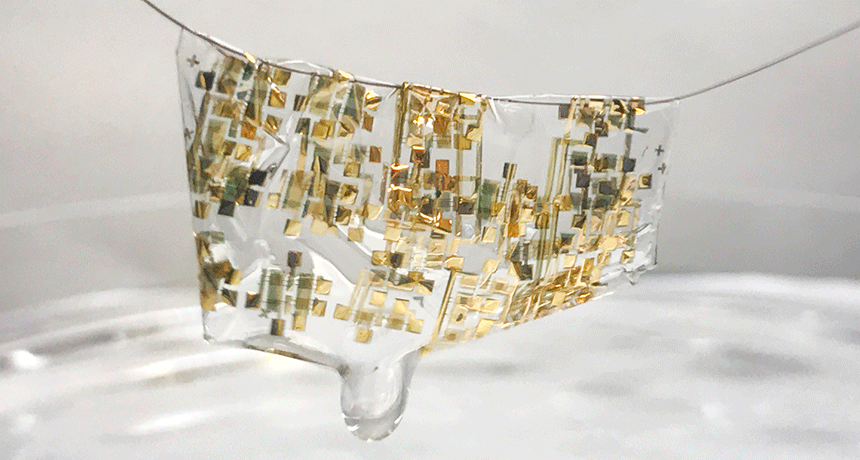 Earth
EarthVinegar dissolves new electronics when they’re no longer needed
Now you see it, now you don't. A new lightweight, low-cost technology disintegrates in kitchen vinegar.
-
 Physics
PhysicsWhat scientists hope to learn from Great American Eclipse
A solar eclipse will travel across North America on August 21. Scientists will use that opportunity to learn more about our home star.
-
 Earth
EarthScientists probe how an eclipse affects Earth’s atmosphere
Parts of the electrically charged layer of Earth’s atmosphere lose that charge in an eclipse. Scientists are studying how it might affect everything from GPS accuracy to earthquake prediction.
-
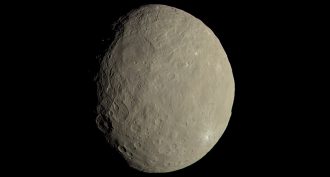 Planets
PlanetsEarly solar system may have slung giant mud balls
The first asteroids may have been great balls of mud. That could solve some puzzling traits of meteorites.
-
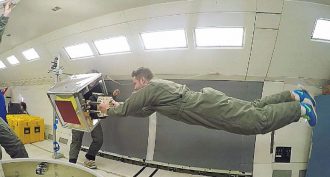 Space
SpaceRobot grippers imitate gecko feet to help nab space junk
NASA is testing robotic, gecko-inspired gripper hands that might one day help clean up space junk.
-
 Climate
ClimateHotter air may lead planes to carry fewer passengers
Global warming could force airplanes to carry a lighter load on each flight. This could mean fewer passengers can fly on each plane.